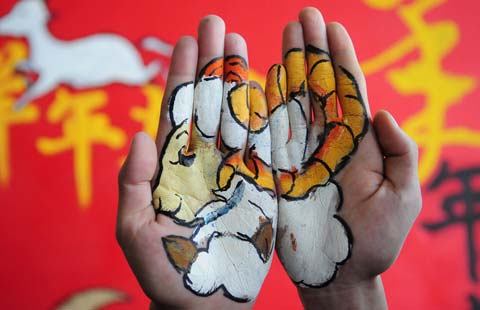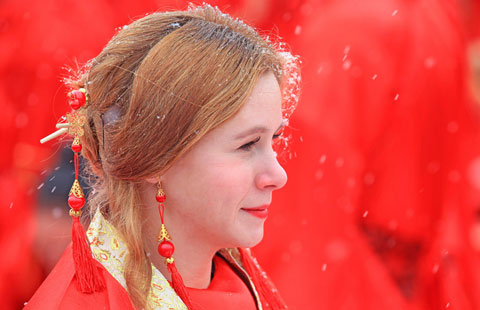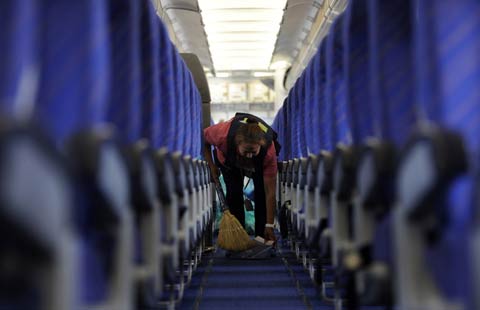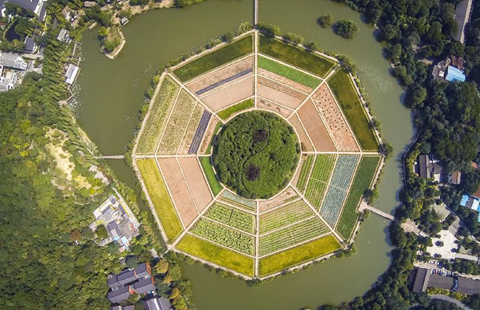Public dancing holds us together, participants say
Updated: 2015-07-21 07:58
By Deng Zhangyu(China Daily)
|
||||||||
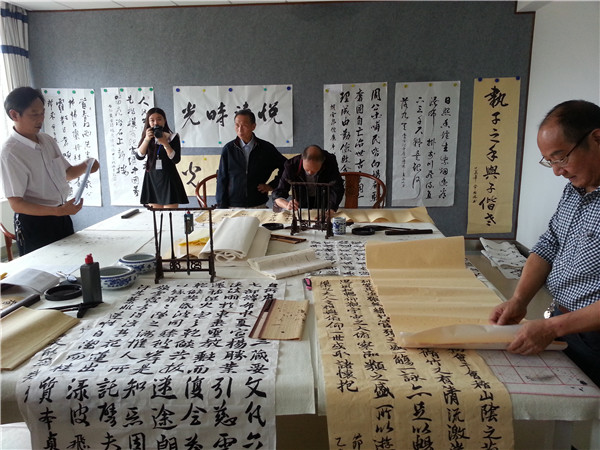 |
|
Retirees learn calligraphy at a residential cultural center in Changsha. [Photo by Deng Zhangyu/China Daily] |
"This year the system of building public cultural services has become a national-level matter," says Cui Lei, an officer at the Ministry of Culture. "Besides government funds, we encourage public donations."
In the city of Yulin in the Guangxi Zhuang autonomous region, a cultural center consisting of a basketball field, a library and a stage for such dancing is a must-have for every village. Most were funded by rich villagers, a few donations being as high as 1.6 million yuan, says Lai Chunlin, director of information office of Yunlin.
Funding cultural institutions has become a way of flaunting wealth, he says. This matter of pride transcends individuals, with villages-many of whose inhabitants often have the same surname-vying with one another to be connected to the biggest cultural centers, dance troupes and most successful sports teams.
As night falls, Yulin is transformed into a big stage. Whether it is in some tiny open space or an expansive square, until 10 pm local opera shows, music performances and square dancing by troupes of elderly women will hold sway.
As long as, say, 20 square meters or so of space is available, there will be public performances, and most of them will be dancing, Lai says.
Of course, not every place in China is as rich as Yulin, and that is when government funding comes into play.
Anyuan, in Jiangxi province, is a case in point. The authorities of this underdeveloped county say it has annual revenues of about 1.3 billion yuan, with almost half the amount being spent on cultural infrastructure in the past few years. The result is an attractive theater and a spacious stadium that are the fanciest buildings in the county. The movements in the dancing here imitate workers picking tea leaves.
In fact, this folk dance is so deeply rooted in local culture that most local people seem to be able to dance, including many government officials who practice early in the morning or in the evening after dinner.
Not only does almost every village have a stage for square dancing, but the county is also building swish museums and libraries that can hold their own with any others from elsewhere in China.
"People are spending a lot of their time dancing and engaging in cultural activities, so there is less gambling and personal feuds," says Pan Shaoning, a local government officer. "At the same time, the aged and the retired have things to do."

 A New Era in US-Cuba Relations Begins
A New Era in US-Cuba Relations Begins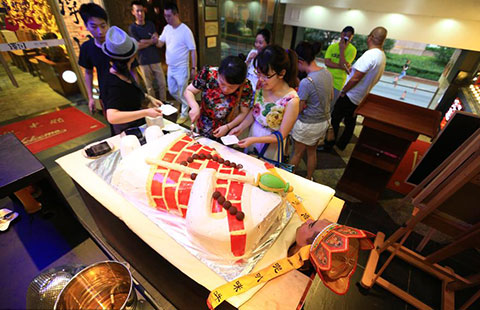
 Eat the 'flesh' of 'Monk Xuanzang' at this shop
Eat the 'flesh' of 'Monk Xuanzang' at this shop
 The dying of craft of repairing pans
The dying of craft of repairing pans
 The world in photos: July 13 - 19
The world in photos: July 13 - 19
 Rains leave Beijing's streets flooded, force evacuation
Rains leave Beijing's streets flooded, force evacuation
 Grandfathers' model life on the Lijiang River
Grandfathers' model life on the Lijiang River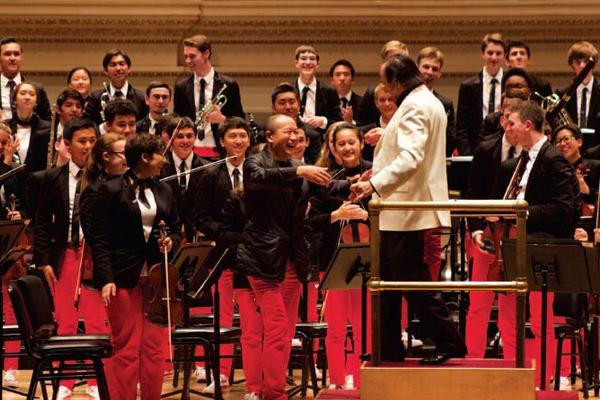
 Across America over the week (July 10- July 16)
Across America over the week (July 10- July 16)
 Unusual but true: inspirational art lights the way
Unusual but true: inspirational art lights the way
Most Viewed
Editor's Picks

|

|

|

|

|

|
Today's Top News
UN Security Council endorses Iran nuclear deal
US, Cuba set to reboot relations after split
Mayor to turn Zhanjiang into green economic powerhouse
Private firms' access to arms sector widens
Student pleads guilty to cheating
China faults Japan's new security bills
Chinese national pleads guilty in Pennsylvania to test-taking scam
Web companies asked to support 'digital Silk Road': Zhanjiang forum
US Weekly

|

|


